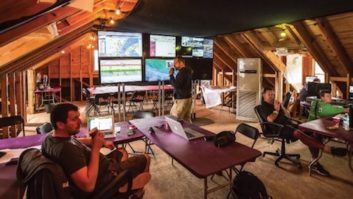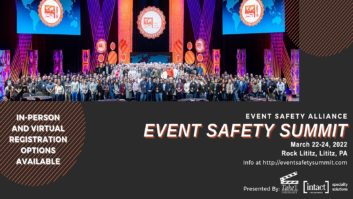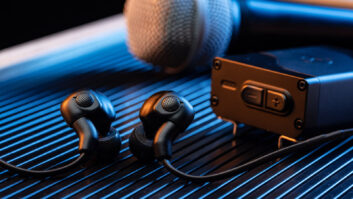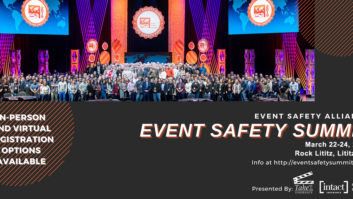Earlier in 2016 when Brian Johnson—lead vocalist for iconic hard rock band AC/DC in the midst of promotion for the band’s Rock Or Bust tour—announced that his progressive hearing loss had reached the point where he needed to take a break from the stage, the veteran performer indefinitely retired from live rock and roll. While it came as a shock to fans, it also gave many live sound pros, who can often wind up working around high SPLs on a regular basis, considerable pause for thought.
Last month, Johnson shared with Rolling Stone that he had experienced some significant hearing restoration and was hopeful that his live performance career was indeed not over. How possible is such hearing restoration? Kathy Peck, cofounder and executive director of non-profit H.E.A.R. (Hearing Education and Awareness for Rockers), says “very.”
With assistance of her pioneering organization’s dedication to hearing conservation, founded in 1988, hearing loss prevention is indeed the key, yet encouragement and positivity have been proven to give hearing loss victims the motivation to seek new remedies to the seemingly dire consequences of high SPL exposure over decades.
“Pete Townshend of the Who helped us as a founding donor to raise awareness,” notes Peck regarding H.E.A.R.’s initial promotion of hearing protection. “After that, we were able to do hearing conservation campaigns with him. He talked about his own story, and our program. Now we’re able to do school programs, partnering with groups like the Les Paul Foundation and Bill Graham Foundation.”
Though medical professionals, many audiologists and informed groups such as H.E.A.R. may know of hearing restoration success stories, Peck notes that future hearing loss prevention lies in open conversations and better behaviors implemented by live musicians and audio professionals at all levels. “We feel it’s important to extend and encourage hearing conservation and hearing screenings to everyone,” she continues. “We worked with Etymotic early on, before anyone, and presented in-ear monitoring and earplugs at trade shows early on, especially at events like NAMM and AES. Together, we’ve made hearing conservation a main focus in our industry. [Regarding hearing regeneration] there are a lot of ongoing studies and research in that area, but a cochlear implant is not for everyone and it [creates] a different sound. There is no more important musical instrument than your ears. Hearing loss can simply be a symptom, too; it can be from other illnesses. But I have found in working with H.E.A.R. for nearly 30 years, improvements can indeed be made, but it’s most important not to make decisions out of fear. For that reason, prevention is so key.”
In-ear monitoring, when used correctly, can be one of the many practices that allows performers ears a “break” from the norm of high SPL levels on stage with many open-air monitors all around. “Better in-ear monitors don’t have to be as loud,” Peck offers. “That, and taking a lot of amplification off stage as well as adding [vibration transducers like] ‘butt kickers’ on stage for drummers, etc., is helpful. That, and it can be as simple as taking 5 to 10 minutes away from the loud sounds to give ears a much-needed break. But again, we all need to be able to discuss hearing loss without fear.”
H.E.A.R.
hearnet.com





